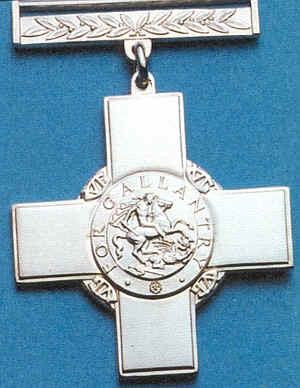Yesterday I wrote about Dominicus Smith, my 5th great-grandfather, who served in the Revolutionary War. It was exciting to learn he served with General George Washington at the Battle of Trenton. I got the information from his pension application which I accessed on Fold3. It was interesting to read his circumstances in 1818 and again in 1823 when he applied for his pension and then updated his financial status. I found it interesting but sad that it appears one had to be destitute in order to receive a pension. Below are the images and transcriptions of this portion of his application. He was awarded a pension of $8/month paid in semi-annual installments of $48. He got $77.16 for back pension payments. His daughter, Patience, age 33 and feeble, is my 4th great-grandmother and his granddaughter, Sarah, age 7, is my 3rd great-grandmother.
Seeing the inventory in these images, I am reminded of the debt we owe our veterans for their sacrifices and our duty to care for them and their families.



Maine been
wholly applied
Dominicus Smith to the
discharge of his
Privat 1 year 1776 first Debts -
1 Schedule, June 1820 His age 68. Farmer -
14 acres of poor Land – Patience – 33 – very
feeble
A small house & Barn Jedediah – 11 –
Christiana 8
1 Cow – 1 pair of small Sarah – 7 -
Cattle – 6 sheep – At Home
a few articles of furniture
amt. of Schedule $219 Recorded 2 Sep 1823
2 Schedule – 2nd
May 1823
Real Estate – none –
an old Home & a few
articles of furniture –
The Real Estate in
first Schedule was sold
to Elisha Smith, Febry
6. 1821 – Deed made and
acknowledged same day –
Consideration $150 – the
proceeds of said sale have
Schedule of real and
personal estate, (necessary clothing and bedding excepted) belonging to me the
subscriber viz:
Real estate – I have none
Personal estate – One old
horse and a few mean (unk. Word) or cooking utensils and household stuff.
Since the exhibition of my first schedule the following changes
have been made to my property and circumstances. The fourteen acres of poor and
rocky land mentioned in said schedule I sold to Elisha Smith in February 1821 –
for one hundred and fifty dollars, with which I paid [Doet?] Emerson about
sixty dollars – and an execution in favor of [Dort?] Aaron Porter against me
for about 50 dollars and the rest has been appropriated to pay sundry small
demands I owed to different individuals and for my family’s support. The Stock
mentioned in said schedule has also been consumed in the support of myself and
family – I have no income or prospect of any
Dominicus Smith
May 2, 1823
Signed and sworn to
Before me Asher Ware D.J. of U.S.
Schedule of family residing
with me Dominicus Smith,who by occupation am a farmer – which I am not able to
pursue by reason of bodily infirmity – am not able to do a days work
Names Ages Capacity
of each to contribute to their support
Patience – a daughter 33 very feeble
Jedediah 11
Christiana 8 young children not able to support
themselves
Sarah 7
11.769 R
District of Maine
Dominicus Smith
of Biddeford in the state
of Dist. of Maine
who was a private in the
regiment commanded by
Colonel Patterson of the
Massachusetts
Line for the term of one
year
______________________________________
Inscribed on the Roll of
the Dist. of Maine
At the rate of 8 Dollars
per month, to commence on
The 16th of May
1818
____________________________________________
Certificate of Pension
issued 11 of June 1819
and sent to [unreadable]
Saco, District of Maine
______________________________________________
Arrears to 4th
of Mar 1819 [unreadable] $77.16
Semi-anl. all’ce ending 4th Mar 1819 $48 ~
$125,16
{Revolutionary claim,}
{Act 18th March, 1818}
Yorke County
Dominicus & Jedidiah (Tarbox) Smith
David & Patience (Smith) Shepard
Jacob & Sarah (Shepard) Emmons
Gilbert & Laura (Emmons) Yates
Estes & Eva (Hayes) Yates
Linona Yates - my grandmother





















.jpg)

















.jpg)




